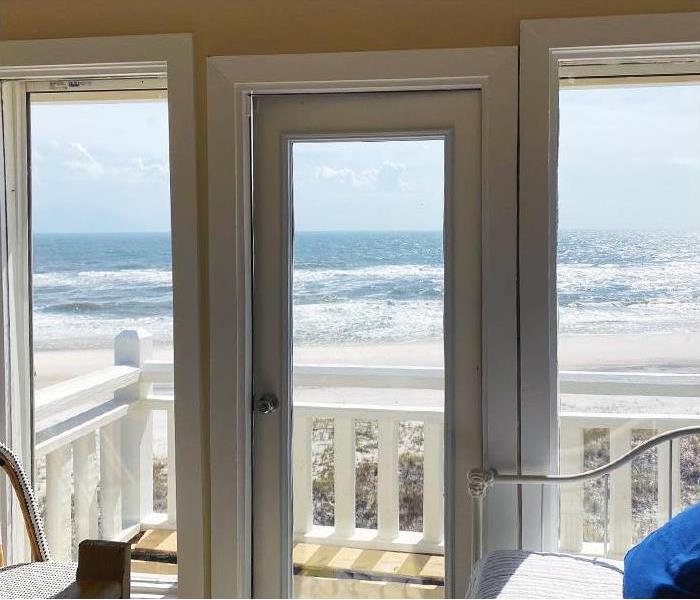How Hurricanes Get Their Names
7/1/2021 (Permalink)
 The storm name "Sally" was retired after Hurricane Sally devastated the Gulf Coast in September 2020.
The storm name "Sally" was retired after Hurricane Sally devastated the Gulf Coast in September 2020.
Have you ever wondered why hurricanes and tropical storms are given proper names? Typically, it's to avoid confusion. Hurricane season hits its peak phase from mid-August through mid-October of each year, so during that time, there could be several tropical storms or hurricanes forming in the Atlantic at the same time. A short name gives meteorologists and scientists and easy way to classify them. The United States adopted the practice of naming hurricanes in 1953, but until 1978, the hurricane name list only included female names. The 1979 Atlantic Storm Name list began including male names. The names are maintained by the World Meteorological Organization.
Ever thought you've heard a storm name from the past? You probably have! The official storm name list rotates and recycles every six years. Certain storm names are permanently retired for sensitivity purposes, due to the costliness or deadliness of the original storm. There could only be one Hurricane Betsy, Hurricane Camille, Hurricane Katrina, etc. Once was enough!
Should an extremely active hurricane season produce more than 21 named storms (such as 2020), a different set of names is used. Prior to 2021, the Greek alphabet was used as a backup list, since it was rare for such a large number of storms to form during the season. The 2020 hurricane season was so active and devastating, more than one Greek-named storm met the criteria for name retirement. Beginning in 2021, an entirely new alternate list of names has been approved to back up the main list of storm names.
While it's fun to see if your name or the names of your friends and family made the list, hurricanes can wreak havoc once they make landfall. SERVPRO of Oxford/Batesville/Clarksdale keeps an eye on the weather, and can assemble a traveling storm team at a moment's notice to help those affected by the devastation.
We're always here to help.






 24/7 Emergency Service
24/7 Emergency Service